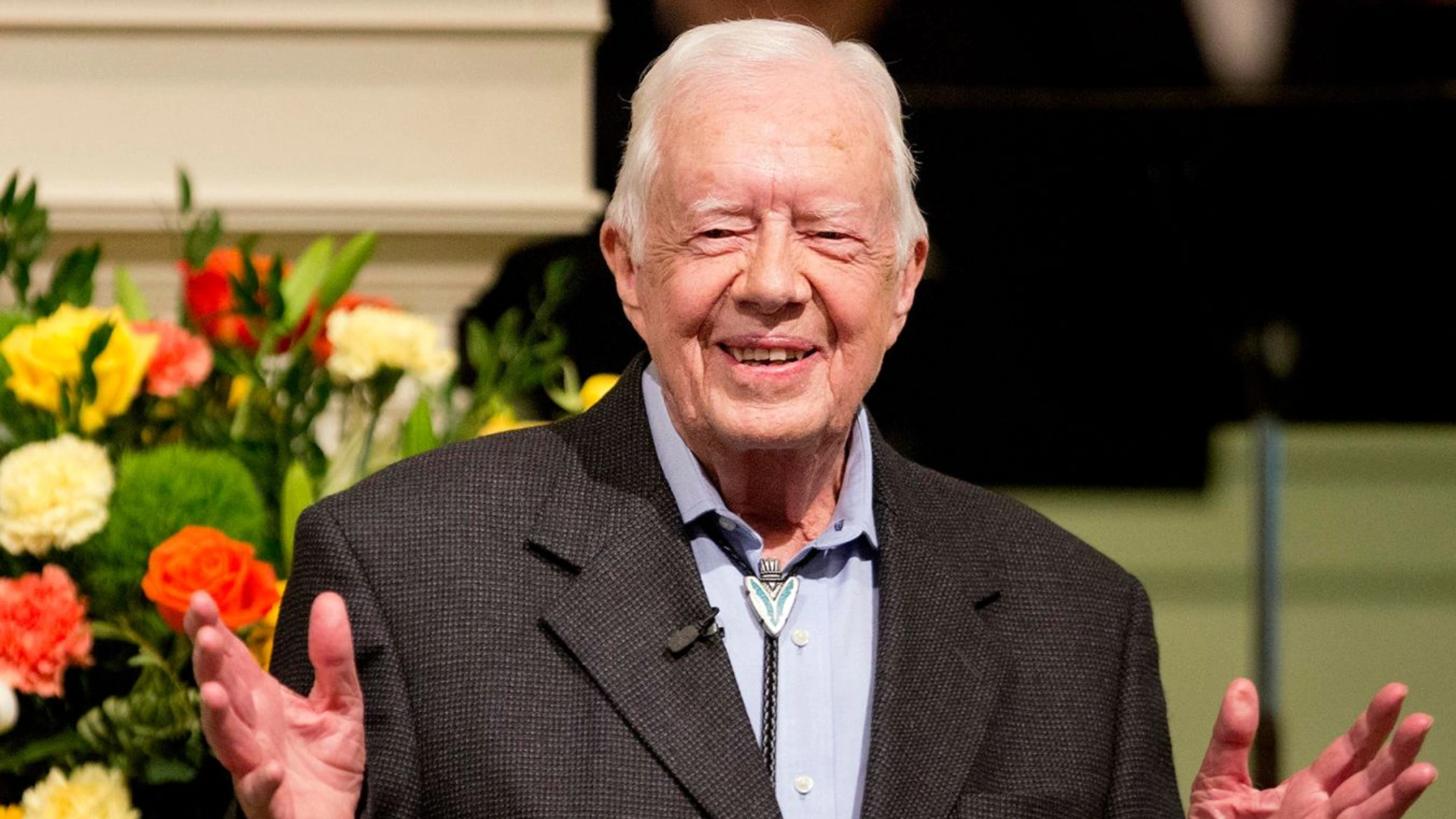Suspect’s Alarming History and Recent Attacks Raise Questions About Potential Terrorist Ties
In a dramatic turn of events, the FBI recently uncovered over 150 explosives at the Virginia farm of Brad Spafford, a man whose dangerous activities have raised alarms. Among the seized weapons were lethal pipe bombs, and authorities are now investigating the connection between Spafford’s actions and the recent terror attacks in U.S. cities.
FBI Bomb Bust: 150+ Explosives Found at Virginia Farm
The FBI’s discovery at Spafford’s farm included a range of deadly devices, with pipe bombs marked as “lethal.” Authorities had been alerted to Spafford’s activities after neighbors reported he had been making ominous statements about “preparing for something” that he “would not be able to do alone.” This cryptic remark has taken on a chilling new context in light of recent terror incidents in cities like Las Vegas and New Orleans.
Brad Spafford is no stranger to danger. He lost three fingers while manufacturing bombs, indicating a long history of explosive-making. Disturbingly, reports suggest Spafford used photos of President Biden for target practice and made threats against Vice President Kamala Harris following the Trump shooting. His radical views are further reflected in his apparent support for extremist groups like NoLivesMatter.
A Deadly Plan: .50 Caliber Turret and Terror Connections
Spafford’s arrest comes amid heightened concerns over terrorism, with reports revealing his plans to mount a .50 caliber turret on his property. Authorities are now probing whether Spafford had ties to a broader terror cell, especially following a series of high-profile attacks that have raised fears of coordinated violence across the nation.
Investigating Terror Ties: Is There a Larger Plot?
Spafford’s arrest is part of an ongoing investigation into possible terror cell activity, with authorities looking into potential links between recent attacks and radical extremist networks. As the FBI continues to piece together the puzzle, the timing of this bust, coming shortly after the New Year’s terror attacks, raises urgent questions about the scale of the threat.




















